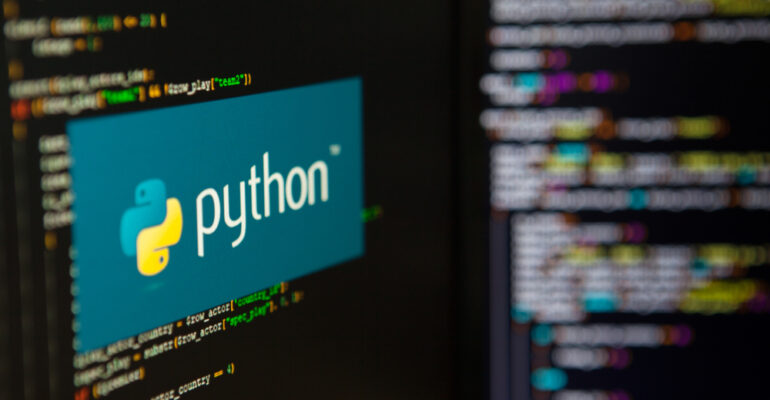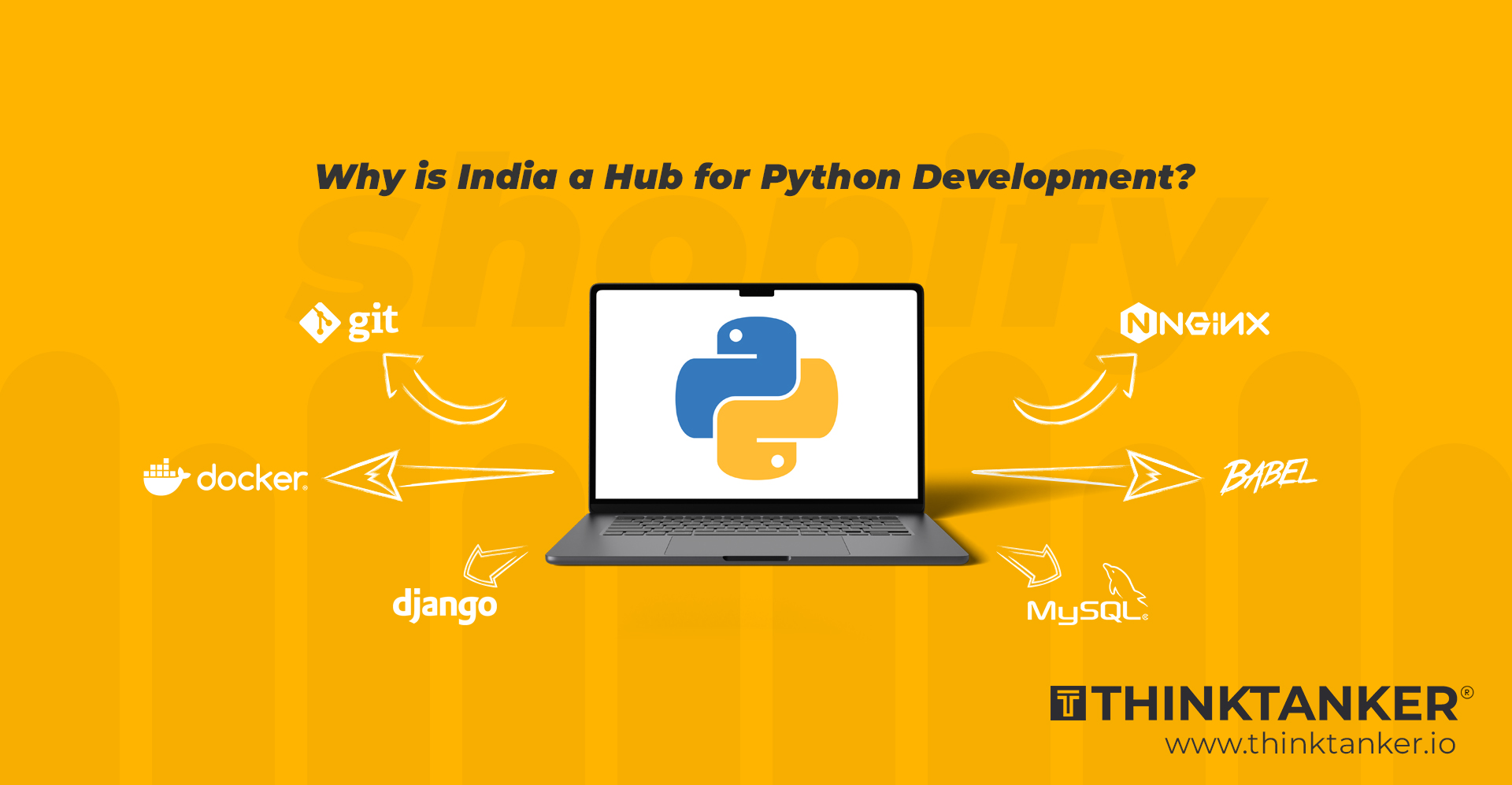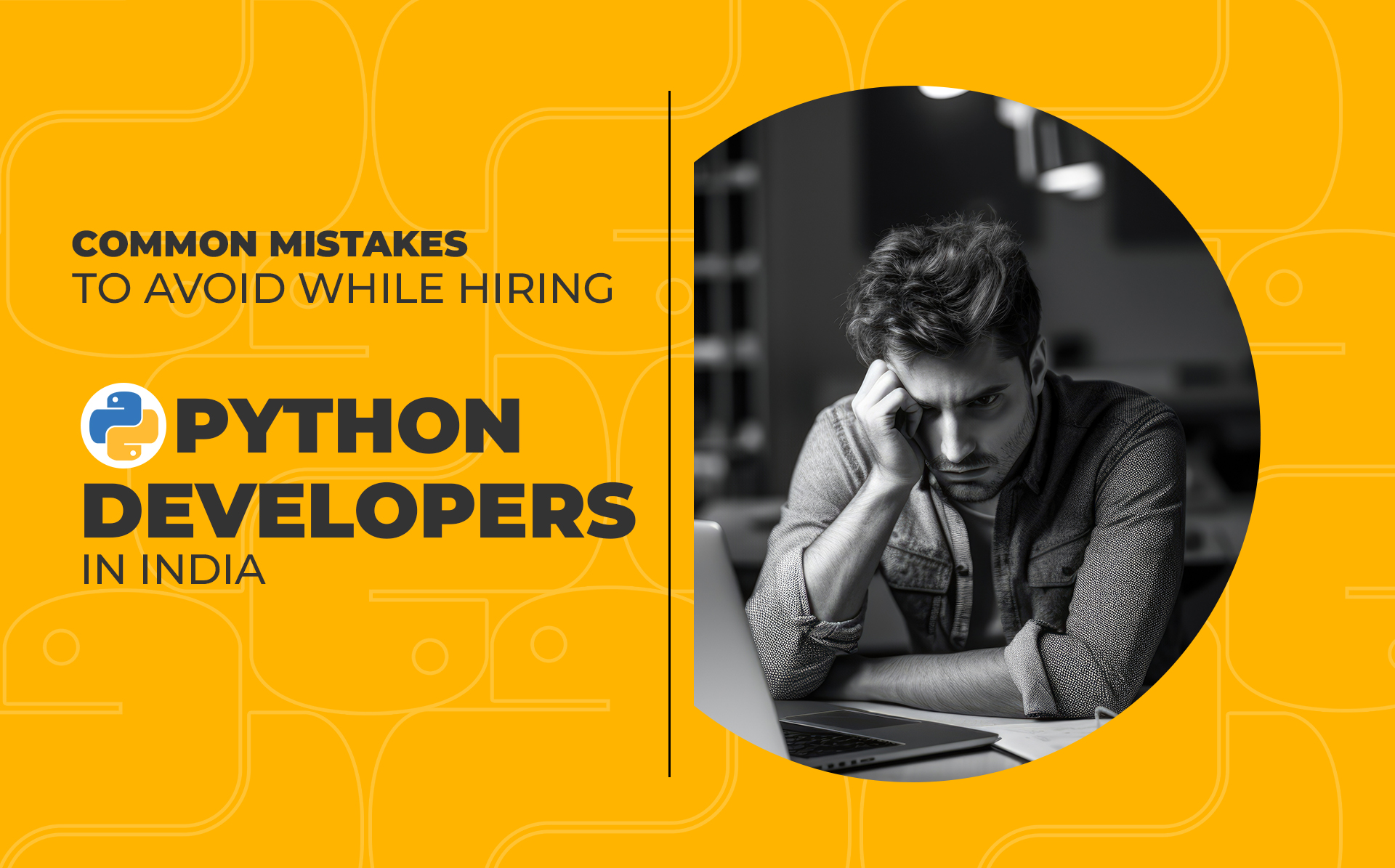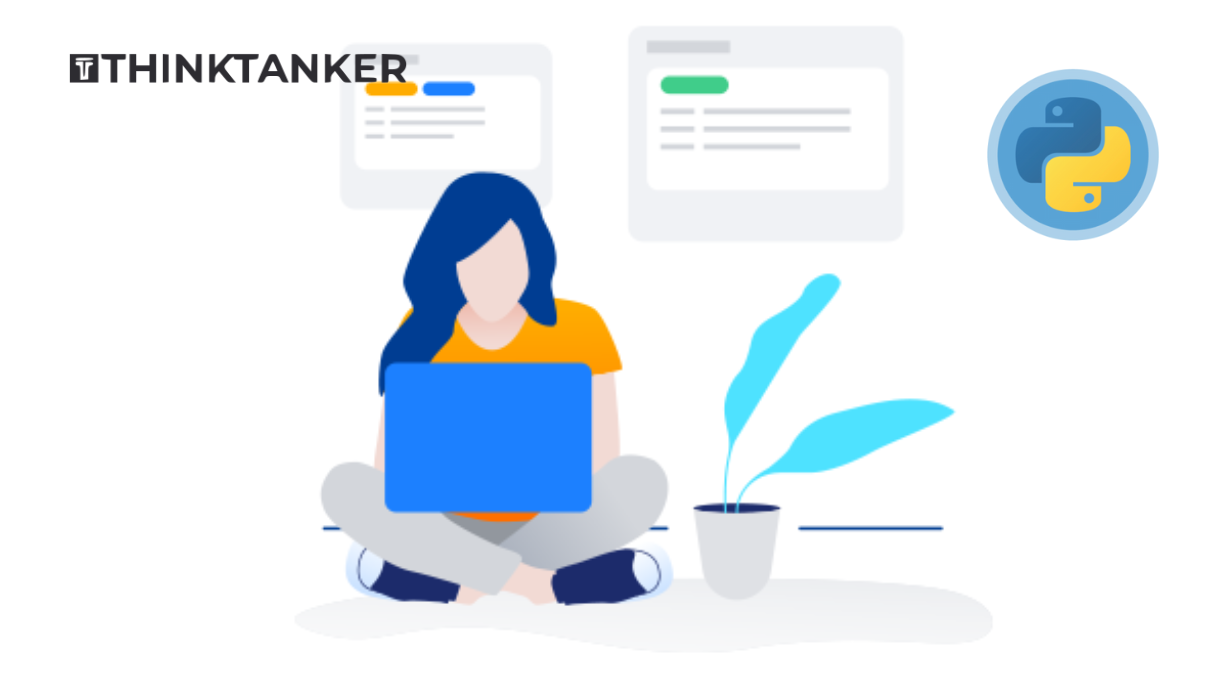Top 11 Python Frameworks For Machine Learning and Deep Learning

Machine Learning
Machine learning is a type of artificial intelligence (AI). It is science-based programming where one feeds data in coded languages to the computer. In other words, machine learning is a branch of artificial intelligence that works on data analysis provided to computers system to solve various life-related problems.
Machine Learning and Python
Previously, machine learning was coded manually to the computers, which were difficult and time-consuming tasks. All algorithms and mathematical formulas were coded manually to the computers, making it labor-intensive and complicated. But now, with the replacement of programming languages, things have become quite simple. One of the most famous programming languages among all is Python. Python has a variety of libraries and frameworks, which makes it the best programming language of all time. Python has replaced many old programming languages in the market and is now in most demand. The main reason for its demand is the broad collection of the libraries it has to offer.
Let’s have a look at the top 11 Python frameworks for Machine learning and deep learning-
TensorFlow
TensorFlow is one of the most advanced, fast, and most flexible open-source libraries of machine learning. Offered by Google, TensorFlow offers smooth machine learning on Python. Both beginners and professionals use it for making ML models. It has many advanced features such as handling deep learning, natural language processing, image and speech recognition. One of the key features of TensorFlow is the availability of TensorFlow lite, which also works on mobile devices that works almost the same as the computer version.
Pytorch
Pytorch works on a python programming language with a front end from C++. It is widely used for deep machine learning and for simplifying python apps development. Offered by Facebook, Pytorch helps build prototypes with ease and accelerate neural networks via Graphics processing units (GPU). Pytorch, based on the torch library, allows developers to perform computations through tensors. It is one of the key data languages for Python development services for machine learning. Pytorch integrates with the whole python system and helps perform deep learning tasks and natural language processing.
NumPys
One of the powerful tools for scientific and numerical computing, NumPy, is a famous python framework. With a vast multi-dimensional array and various fundamentals of machine learning, NumPy is used for performing high-level mathematical functions. It does matrix processing and is used specifically for linear algebra and other number libraries. TensorFlow also uses NumPy to control tensors. To hire python developers for various roles, NumPy is in most demand among python developers due to its high potential for numerical computing.
Keras
Created by a Google engineer, Keras is open-source neuro machine learning works on robot operating systems. Keras built on TensorFlow necessary for performing neural networks such as cost functions, batch normalization, pooling, and dropouts. It helps make ML models smooth running on both CPU and GPU with speedy prototyping.
Scikit-Learn
Scikit-learn is another Python framework that offers a complete package and performs various ML tasks such as support vector machines(SVMs), types of regressions, K-nearest neighbor, and more. Scikit-learn runs with NumPy and Pandas that focuses on core data modeling. It is a foundational python library that provides Python development services for building end-to-end ML applications. Scikit-learn can perform copies algorithms like clustering, classification, and dimensionality reduction.
Theano
Build on NumPy, Theano works on Graphics Processing Unit(GPU) and Central Processing Unit(CPU). Developers use Theano in large-scale unit testing and self-correction of any errors and bugs.
It is widely used for wide-ranging scientific projects for a prolonged time but is also used for self-own projects by individual developers. Theano has built-in tools that generate convection C code for machine testing and deep learning, automatically avoiding errors. It works 100x faster on GPU than on CPU.
Pandas
Pandas is widely known for its data manipulation and interpretation ability among engineers. It works on multi-dimensional structural data sets for machine learning. Its uses include various purposes such as data filtrations, dataset reshaping, indexing, merging datasets, and more. Padas mainly has two data structures: Series (single-dimensional) and DataFrame (double dimensional). These two combined can handle various empirical data analysis and management in large sectors.
Spark ML
Invented by Apache, Spark ML is a python framework that develops smooth machine learning algorithms, tools, and applications. Engineers use it for extensive data management and big data analysis. Some of the tools with Spark ML are persistence, futurization, utilities, ML algorithms, and pipelines.
MX Net
MX Net, also by Apache, is one of the most popular deep learning frameworks in python ML. It is portable for multiple GPU ports and supports deep neural networks. Its main feature, which distinguishes it from others, is supporting many programming languages, including R, C++, Scala, Julia, Go, Perl, and more. MX Net is in demand by big MNCs like Intel, Amazon, and Microsoft that hire Python developers.
NLTK
Natural Language Toolkit or NLTK is a Python framework used to work on natural language distilling. NLTK offers high-level solutions like searching keywords in data, recognition of voice, tokens optimizations, classifications of texts, and more. It offers many arrays, including Word2Vec, FrameNet, WordNet, etc. But its core task involves text processing.
Matplotlib
Matplotlib is an exhaustive python framework that uses Graphics user interface(GUI) toolkits, including wxPython, Qt, GTK+, and Tkinter. It develops graphics and plots via APIs that help engineers form graphs into applications. Matplotlib also performs MATLAB-like tasks for the user, available in various layouts and exported to many file formats.
Consider the above aspects for selecting any library for machine learning, deep learning, and testing, or for that matter, even while making a hiring plan. It will come out to be helpful and handy.




